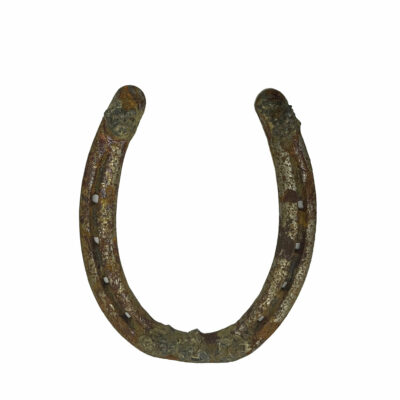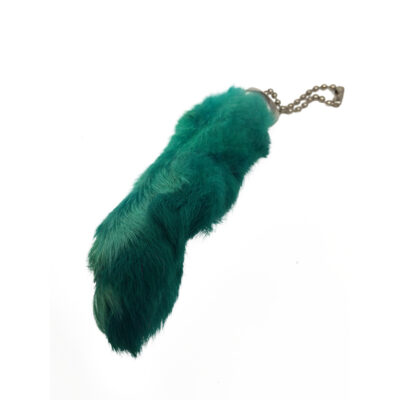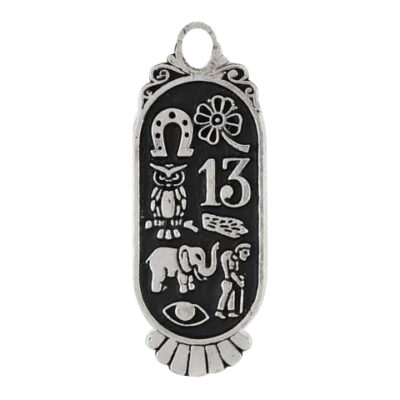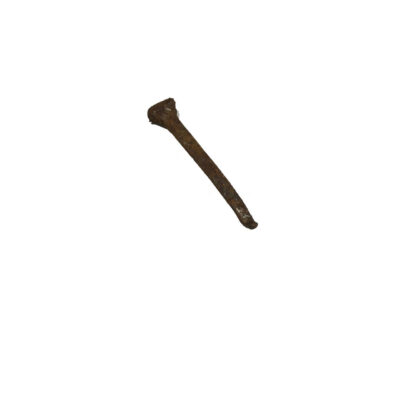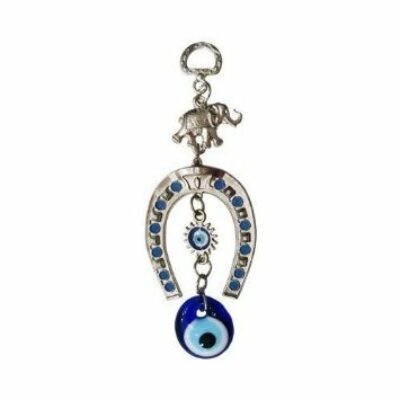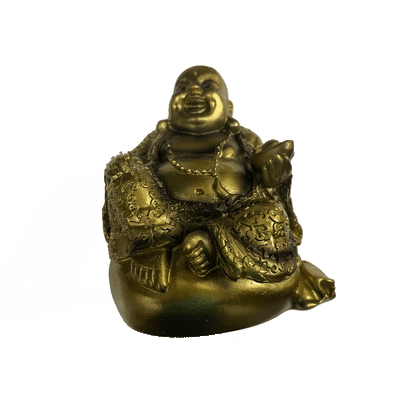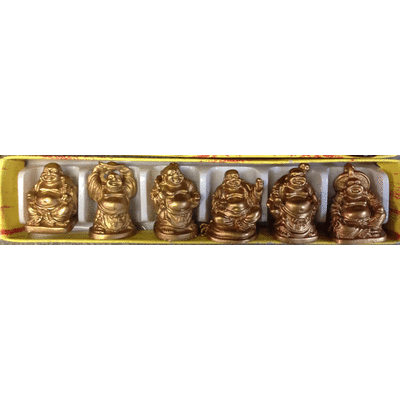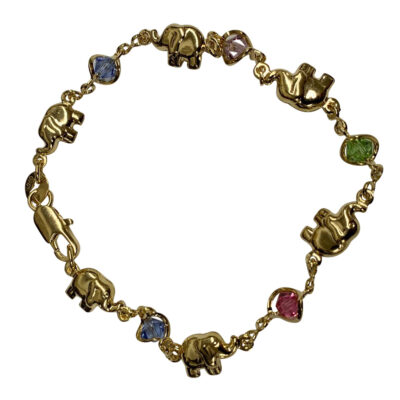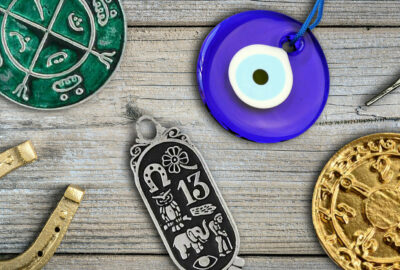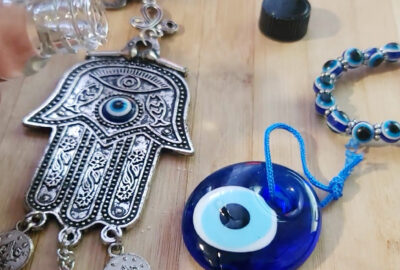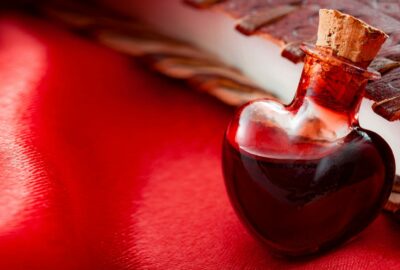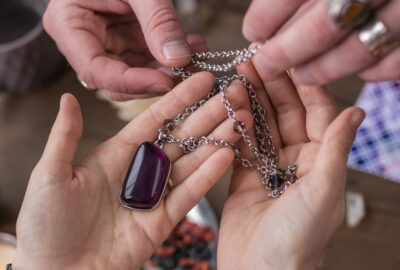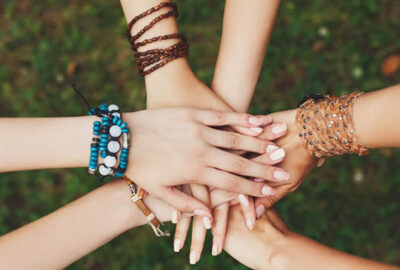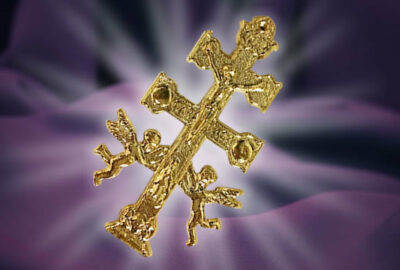Lucky Talismans and How To Use Them
Every culture has its own symbols of luck. You are probably familiar with many of them, too: horseshoes, rabbit's feet, and the like. Each of these talismans has a tradition behind it and a specific way to use it to get results.
Horseshoes and Horseshoe Nails
The tradition of using and carrying horseshoes and nails may have started in the British Isles, where people carried and placed iron objects to keep away evil (or even just mischievous) fairies. This extended to bringing luck in all forms. The horseshoe also mimics the shape of a horseshoe magnet, which is associated with drawing things to you.
Opinions on how to use horseshoes are divided. Some hang a new or used horseshoe above the front door, with the toe facing downward to keep all of the luck from running out. Others hang them above the front door with the toe upward, so that luck will shower down on everyone who enters. Carrying horseshoe nails, or putting them in a luck mojo, is also said to bring luck.
Rabbit's Foot
While rabbit's feet are not lucky for the rabbit, carrying them brings luck. They are commonly made into keychains for this purpose.
In many cultures, a rabbit's foot must be specially prepared in order to be the most lucky. Some say it must be the rabbit's left hind foot, and the animal must have been caught in a cemetery, or shot with a silver bullet. Others specify that it must have been killed on a Friday, Friday the 13th, a full moon, or a new moon.
Elephants
Elephants are revered in Buddhism, and deities and important figures are shown riding them in Buddhist and Hindu imagery, In Feng Shui, they are placed near the door to bring in good fortune, set on a desk for a more lucky and prosperous career, or placed in whatever areas of the home correspond to areas of life that need a little help. Lucky elephants are almost always depicted with their trunks held high.
Carrying a lucky elephant talisman, or wearing it on jewelry, allows you to carry luck with you. If you place an elephant in your home, look for a white one -- they are said to be the most effective at bringing in good fortune.
Lucky Coins
Yansheng Coins are talismans of good fortune in China and are often used to bring in money in Feng Shui. Decorative lucky coins can be hung in the money area of a home, placed near the front door, or kept by your financial papers, desk, or cash register. If they are placed on a surface and not hung up, they should lay with the yang side -- the side with four characters -- facing up. To bring good luck with you and attract wealth wherever you go, you can also wear lucky charms made from or shaped like these coins.
Buddha Images
There is some confusion with Buddha images. Most of the ones called "Fat" or "Laughing Buddha" are not of the historical Buddha at all, but of a 10th-century Chinese monk named Hotei (or Budai) who is venerated in Chan Buddhism. He is shown smiling, and often carrying a large cloth sack. The Laughing Buddha is used to bring luck into the area of the home in which he is placed. His specific uses depend on the objects he is depicted with. One with gold ingots is used as a money cure, a gourd is for health, and so on. Images of the historical Buddha are used for peace, harmony, health, and wealth.
It is best to receive an image of the Buddha as a gift, rather than purchasing it yourself. Statues should also never be placed on the floor but should have their own elevated platform or table. You can sometimes find jewelry depicting one of the Buddhas, to bring you luck wherever you go.
Lucky symbols have existed for as long as people and culture have. Everyone has held onto something that brought them luck at one time or another, even if it was just a stone or a pair of socks. These lucky symbols are recognized the world over, and, if used properly, can help bring more good fortune into your life.
